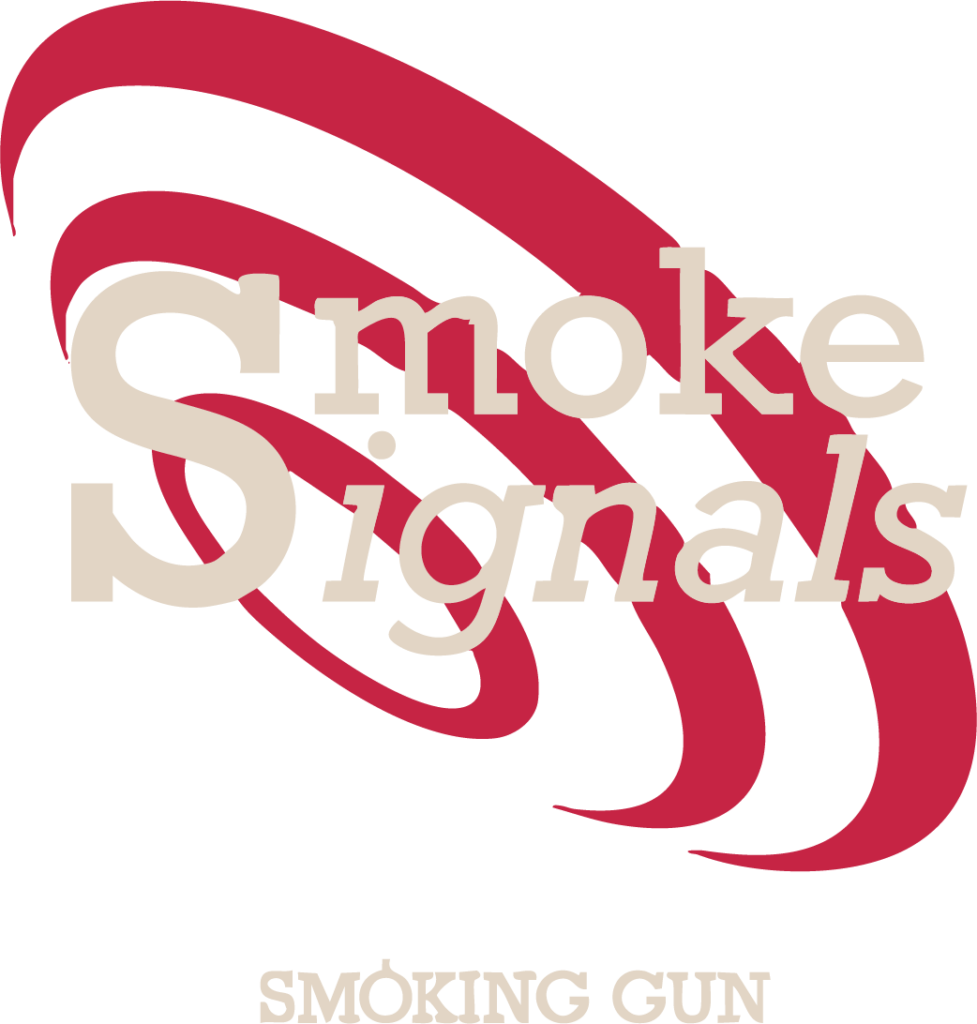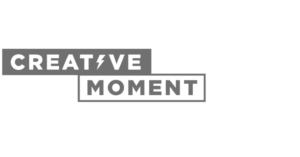This blog post was written especially for Measurement Month by our independent evaluation consultant Stephanie Bridgeman, who, along with her team, works alongside us to collect, categorise, curate and make sense of PR data.
#PRmeasurement A-Z
[Tweet “Enjoy our A-Z of #PRMeasurement #AMECMM”] (the Association for the Measurement and Evaluation of Communication). I am an AMEC member, and sit on its Young Leaders Group. The aim of the month is to encourage conversation about and participation in communications measurement. The overall aim is to share best practice and knowledge.
I saw this as an opportunity to reveal to you my take on some of the things that are important to me as a PR measurement practitioner. If you also work in this industry, or if you work in PR, your A-Z will no doubt be different, and that in itself is what I find fascinating.
A. AMEC – a trade association which is inclusive, supportive and generous in the amount of content it offers freely to non-members; a wealth of knowledge on analytics, evaluation and all things in between. Check out the knowledge share section of their website and follow #amecmm throughout September for all of the chatter during Measurement Month.
B. A good brief – A good measurement brief should give some consideration to:
Source data, and how budget considerations may limit the scope of the source data to evaluate.
How the measurement will be used – which type of ‘audience’ will view the measurement results – this will determine the level of detail, mix of charts and text in the evaluation report.
SMART communications and measurement objectives.
C. Curation – good PR measurement weaves together data from multiple sources (media, social, Google Analytics) to understand outcomes and places them together on a page or report in a way which communicates simply and effectively. AMEC and the PRCA are holding an event on 6th September in London specifically about the use of multiple data sources in evaluation – please join us. As an art history graduate, I am really chuffed to be able to talk about curation professionally at last!
D. Dashboards – in my opinion, a good dashboard is only as good as the quality of the source data you put in, the ability to export data from a dashboard and the willingness and curiosity of the human who looks at the dashboard to take meaning from its results. An automated PR dashboard, without the layer of human analysis to assess context, impact and outcomes, is meaningless.
E. Earned media – the second letter in the ‘PESO model’. This is where I served my apprenticeship so to speak. Now PR measurement incorporates so much more from paid, to shared, to owned content evaluation.
F. Facebook Insights – anyone with a business Facebook page can access Facebook Insights. Find out page level data on how you are building your social community. Find out post level insights on the performance of specific posts. Compare paid to owned social output on this platform.
G. Google Analytics – always ensure that your clients give you access to their Google Analytics when working on a PR or measurement programme. In the absence of sales data or detailed market research among your target audience, Google Analytics can tell you if links in earned content are actually driving traffic to your site; what impact social media is having on your overall web audience; and what people are doing when they come to your site, e.g. is your blog content ‘sticky’ or do readers leave as soon as they have arrived at the page? This is a great way to start to move your measurement programme on from just measuring outputs to measuring outcomes.
H. Hard to read coverage – clients, please don’t send us bad screen shots of your coverage and expect us to analyse its content if it’s illegible! A link to a piece of online coverage is much more helpful.
I. Infographics – a picture tells a thousand words. As PR measurement practitioners, we must not be afraid to describe a complex set of source data in a simple way. In fact, our research will receive a lot more eyeballs than those 50-page text heavy bore-fests which we are all guilty of producing. Let’s get that graphic designer on speed dial!
J. Juggling – can you read 1,000 cuttings in a week, quality check all of the data, produce compelling data visualisations, stop to THINK, write a punchy and informative executive summary and present the findings to your client? Welcome to the world of a PR measurement practitioner. Wait, my other client is having a media crisis… and it’s the day before a bank holiday… no problem!
K. Katie Paine – she was one of the first ‘influencers’ in my professional life – we are still yet to meet in person. She will always be ‘Queen of Measurement’, she takes no nonsense, I think she would go down well in the Great British North.
L. Anonymous lurkers – this is a great phrase, and an important consideration. There are lots of people who look at stuff online but don’t engage. Facebook and Twitter counts them among the ‘impressions’ or ‘reach’ data in their analytics tools. But it’s important to consider that it’s not just the people who have liked, commented and shared your content who are the ‘most engaged’. You can be a highly engaged anonymous lurker too. Hopefully Google Analytics caught you dropping cookie crumbs somewhere, so you are not as anonymous as you think.
M. Messages – the bedrock of a media evaluation programme. What key messages are being conveyed about the brand in question on social? Are journalists conveying our messages in traditional news content? Why isn’t the messaging in our press releases receiving cut through? What are others saying about us? Messages can be conveyed multiple times in an article – in fact, this means that the reader is more likely to absorb the content of your messaging. Don’t have too many messages, and make them simple.
N. Network maps – Commetric are one of the leaders in this field in terms of PR Measurement (disclaimer, I provide consultancy services to them). Instead of showing you the ‘top ten publications’, ‘top ten journalists’, ‘top ten spokespeople’ in a PR measurement report, wouldn’t it be great to see the level of interconnectedness between different entities within your media content? Which sources are covering which topics? Which journalists are citing which spokespeople? What topics are third party commentators referring to? Is there white space within the conversation which your company or brand could make an impact? Network maps overlay multiple layers of data onto one visualisation, to provide strategic insight.
O. Owned media – part of the PESO model of segmenting public relations. Increasingly PR measurement practitioners are reporting on not just the performance of earned media content, but owned too. Is your company blog on-message and driving new traffic to your website? Ever thought about doing a word cloud of your Facebook and Twitter output? Are your social posts on message?
P. Paid media – part of the PESO model of segmenting public relations. Have you compared the reach of your paid social output against the performance of your organic social output? Does your organic reach increase if you spend more on paid posts? This strategic insight can help you spend your budget wisely.
Q. Quant and qual – one of the Barcelona Principles of PR measurement is that media evaluation requires both quantitative and qualitative methods. If you source your media content via a media monitoring agency, you will most probably have a wealth of quant data at your disposal – what media types are producing content for us? Which publications or websites? Which journalists, bloggers or social influencers? Is our media coverage on the rise or on the wane? Do we see spikes in media content when we issue a press release? Qualitative data, on the other hand, is best left to the humans. What is the sentiment of our media coverage? Which key messages are being conveyed? Are our spokespeople merely mentioned or directly quoted?
R. Relevant coverage – the volume of irrelevant coverage is exponentially linked to automation in the media monitoring industry. That’s my view. When I started in PR measurement, cuttings were made of paper, and had been screened by a human before being snipped from the page, and physically sent in the post. Nearly 100% of the content we received for analysis was relevant. Since OCR recognition and online crawlers displaced the humans, the service might be faster, but we are increasingly wading through irrelevant coverage to find the content that our clients want us to analyse. Typically, a third of content is now deemed to be not relevant. The cost of human monitoring has simply been passed on to the measurement folk.
S. Shared media – the final part of the PESO jigsaw. To what extent is your content being shared, and is the reach of this content being amplified by others?
T. Twitter Analytics – another amazing proprietary analytics tool, giving you granular detail of the performance of each Tweet, detailing both paid and organic results alongside each other.
U. URL – when compiling a coverage list, it is much better to log the URL of the content than taking a screenshot of it, for these reasons: online content can change (the publisher might tweak the text); media evaluation specialists can do clever things with a list of URLs; a URL can help inform daily unique users, domain authority (DA) and search value (see V below).
V. Value – PRSV – PR measurement grandee Mark Westaby, now at Crescendo Consulting (disclaimer, Mark was my boss at Metrica, the company he founded), has recently launched PRSV, or Public Relations Search Value as an open source alternative to AVEs. PRSVs combine the position of PR-related activities in search results with freely available search volumes and auction bid prices to determine both the audience reach and open market value of PR activity. The importance placed on PR’s role in search is key here.
W. Who, what, where, why, when – a good media release should incorporate the five Ws in its initial paragraphs. A good evaluation report should also report on who (journalists, commentators), what (key messages, product areas), where (media sources, media types), why (press releases, campaigns) and when (trends over time).
X. Cross (x) referencing – media evaluation tools, or even just a simple list of cuttings on an Excel spreadsheet allow you to cross reference metrics against each other. Which media types are best at conveying messages? Which media sources are most likely to contain a link to our website? The possibilities for insight are endless when you can cross reference PR measurement data.
Y. YouTube – my go-to source of CPD, on a range of topics, not just for PR measurement, but data visualisations, Excel tips, marketing theory, not forgetting cats and dogs.
Z. ZZZZZZ….Thank you for sticking with me until Z – I could not think of any PR measurement words beginning with Z – do you have any ideas? If so please tweet @SmokingGunPR and @MediaEvalTeam using the hashtag #AMECmm
Looking for more advice on PR, social media, and marketing? Why not get in contact or submit a brief to inject a little ingeniousness into your brand.











